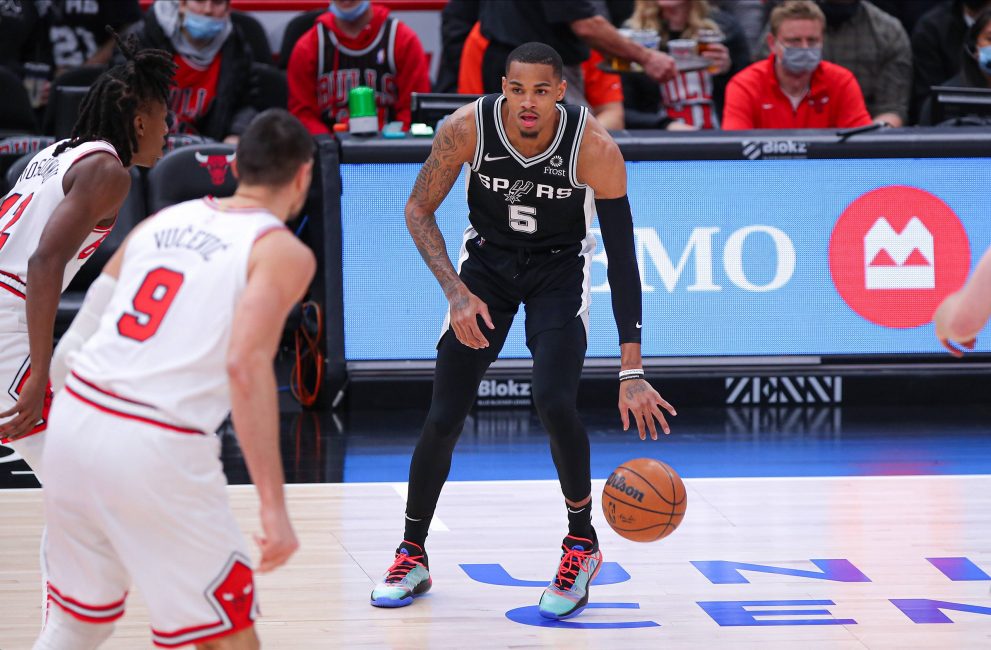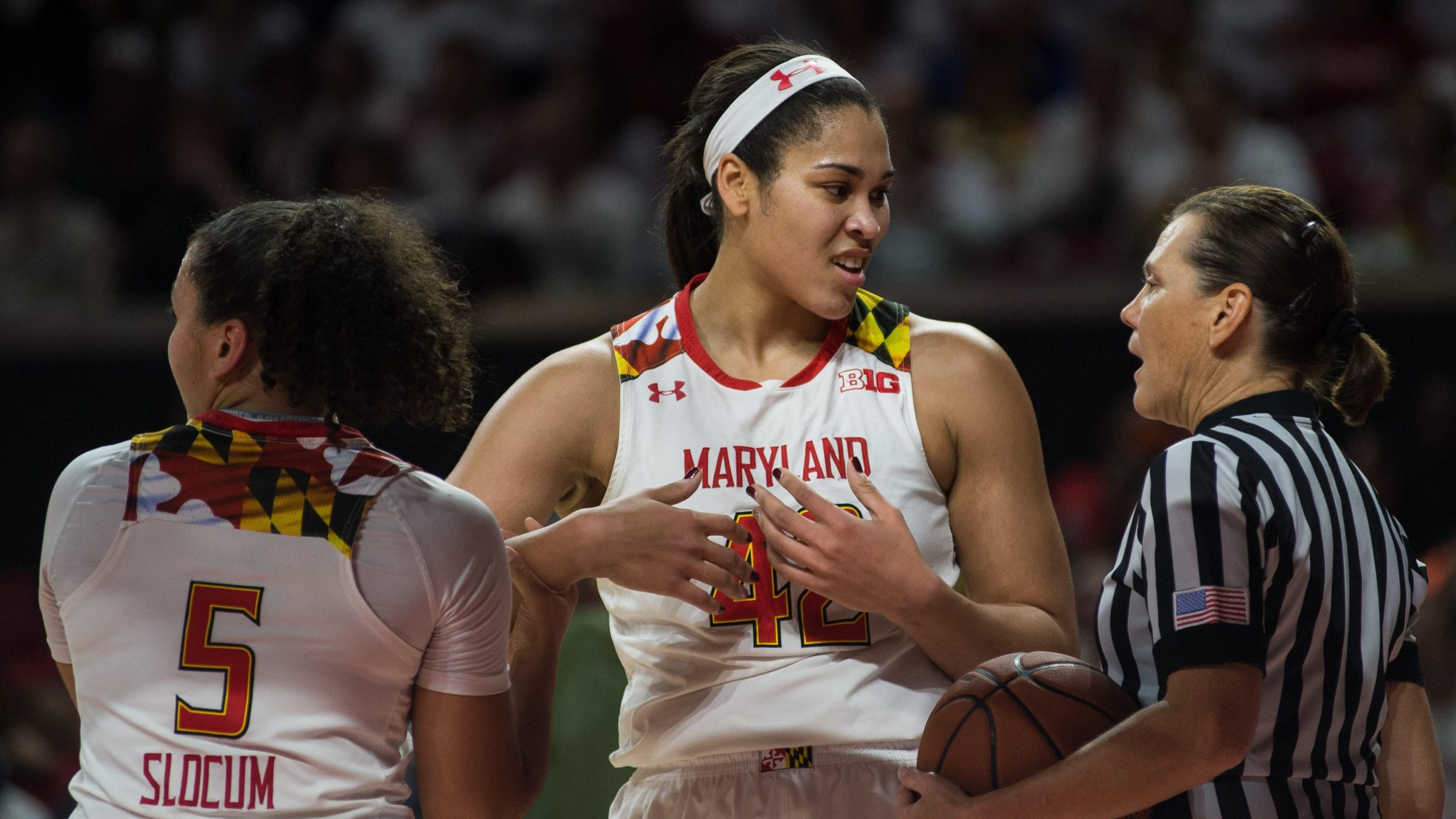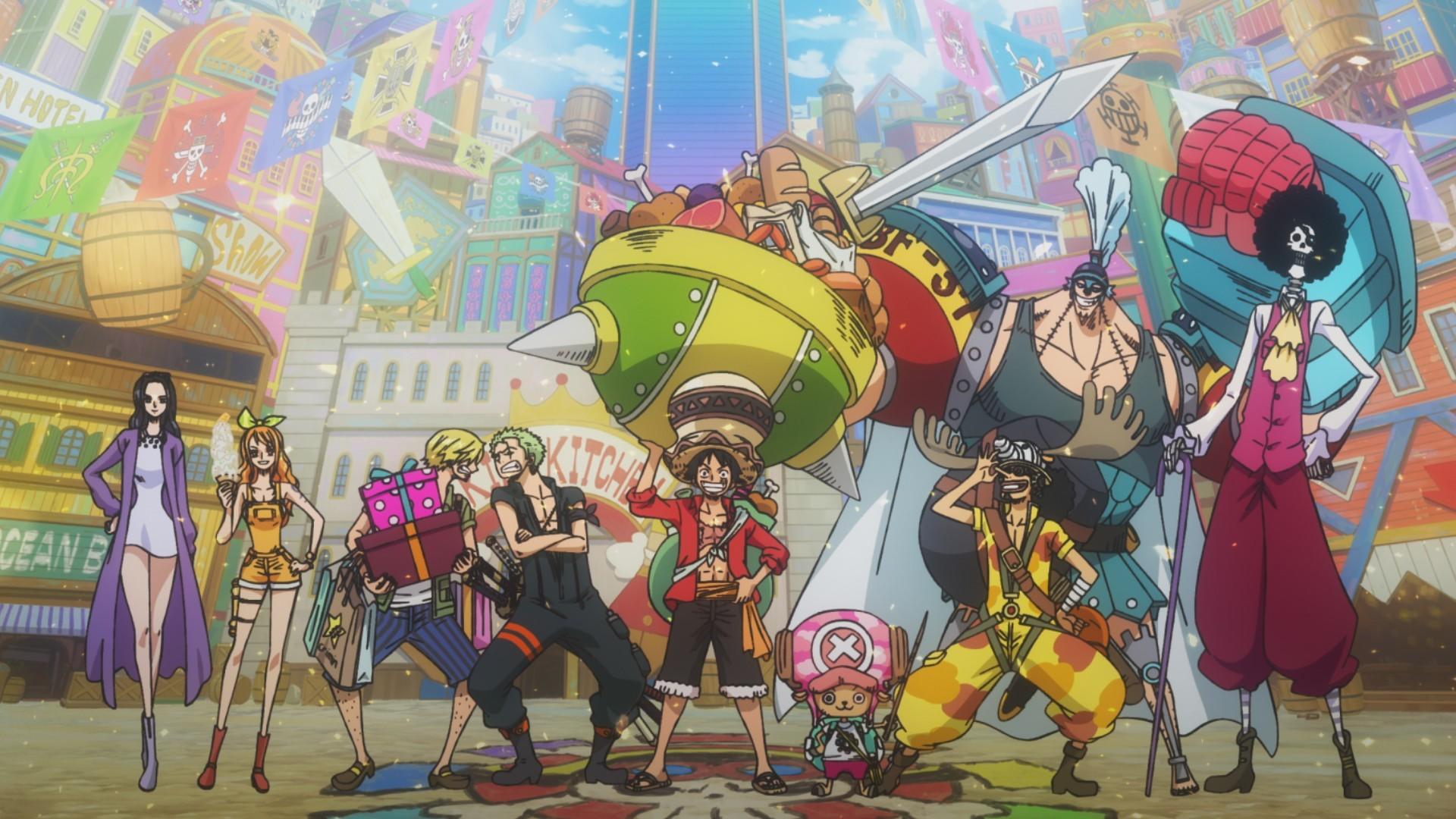Joel Embiid. DeMar DeRozan. Nikola Jokic. Devin Booker.
Those are some of the names that come to mind when discussing elite closers in the NBA this season. Being clutch practically feels like a prerequisite to becoming a superstar. And most teams that have someone they can hand the ball to with the contest hanging in the balance usually have a reasonable shot at advancing in the playoffs.
For franchises without that luxury, qualifying for the postseason is an uphill battle.
With the San Antonio Spurs sitting 15 games below .500 and in 12th place in the Western Conference, it should come as no real shock they own a 9-20 record in the clutch (the league defines this as any matchup within five points with five or fewer minutes left in regulation).
Not so coincidentally, those glaring shortcomings reared their head down the stretch as Gregg Popovich and crew suffered another late loss to the Sacramento Kings on Thursday night after erasing a 19-point deficit.
The Silver and Black undeniably have a clutch problem, but why? First, we should look at some of the numbers behind how teams function in crunch time from a superb FiveThirtyEight article by Louis Zatzman.
He breaks organizations into four categories: Isolators (more isolation plays), Pick-and-Roll Devotees (more pick-and-roll plays), Post Players (more post-up plays), and Teams that Avoid Ramp-Ups (minimal changes in playcalling).
Contenders like the Suns, Bucks, Nets, Heat, Bulls, and Jazz fall into the last category, and teams that go about business as usual own the best record in crunch time (150-128). Isolators win the least out of that group (155-182). San Antonio falls into that subset, which is strange considering they don’t have a legitimate closer, and their motion-heavy offense relies upon player movement and unselfish passing.
Now, there are probably lots of Spurs fans charging to their keyboards to tell me Dejounte Murray is a bonafide deal-sealer. That honestly isn’t the case.
Don’t get it twisted. The first-time NBA All-Star is a talented scorer. He wouldn’t be averaging 20.3 points per game if he wasn’t. That said, Murray is far from an elite bucket-getter, and asking him to iso his way to victory against set defenses has gone about how you might expect, given the circumstances.
| Clutch | Season | |
| Restricted Area | 8-of-17 (47.1%) | 160-of-249 (64.3%) |
| Paint | 12-of-18 (66.7%) | 118-of-258 (45.7%) |
| Midrange | 4-of-16 (25%) | 111-of-267 (41.6%) |
| Three | 2-of-10 (20%) | 71-of-221 (32.1%) |
Take a peek at the table overhead. Dejounte shoots right around league average from most areas on the court, but in crunch time, his efficiency dips from every zone aside from the paint.
And it isn’t an accident that his numbers slump when assuming a dramatic rise in isolation possessions. Although Murray has developed a dangerous right-to-left crossover that he uses to create separation before rising into midrange jumpers, the 25-year-old floor general doesn’t have a particularly dynamic array of moves or countermoves.
| Clutch | Season | |
| Pick-and-Roll | 9-of-26 (34.6%) | 216-of-464 (46.6%) |
| Isolation | 5-of-14 (35.7%) | 42-of-101 (41.6%) |
| Spot-Up | 4-of-6 (66.7%) | 52-of-148 (35.1%) |
| Putbacks | 0-of-1 (0%) | 12-of-26 (46.2%) |
| Off-Screen | 1-of-1 (100%) | 7-of-17 (41.2%) |
| Transition | 4-of-8 (50%) | 83-of-132 (62.9%) |
| Cuts | 3-of-4 (75%) | 14-of-28 (50%) |
| Miscellaneous | 0-of-1 (0%) | 1-of-6 (16.7%) |
Physical forces of nature like Giannis Antetkounmpo and Joel Embiid can will their way to the free-throw line. Shiftier ball handlers like Chris Paul and Paul George can get to the spots with minimal assistance. Dynamic facilitators like Trae Young and Luka Doncic can leverage their gravity as scorers into open looks for teammates. If you’re Ja Morant and DeMar DeRozan, you can blend all three.
The problem is Dejounte only bends a defense inside 16-feet of the basket, and without much support, life gets increasingly difficult for the sixth-year guard in the clutch.
While Murray is unquestionably the engine of San Antonio’s offense, he is probably the last person to blame for them sputtering at critical junctures. He rarely coughs up the ball, and even though his assist-to-turnover ratio spirals down the stretch, that has more to do with his teammates leaving points on the table than it is an indictment of his decision-making.
Those on the roster not named Dejounte are shooting 50-of-133 (37.6%) in the clutch, with just Jakob Poeltl, Keita-Bates Diop, and Tre Jones knocking down more than 43% of their attempts.
Keeping their shooting woes in mind, it’s no wonder the Spurs lay claim to the worst offensive rating in the clutch this season (91.4). And the fact no one outside of Dejounte can consistently generate offense off-the-dribble only exacerbates San Antonio’s scoring issue. Devin Vassell, Jakob Poeltl, Lonnie Walker IV, Keldon Johnson, and Doug McDermott have seen more than two-thirds of their points come courtesy of an assist. When the pace slows down, so too does their productivity.
San Antonio also has lackluster defensive metrics in crunch time, ranking 25th in Defensive Rating (118.1), 19th in opponent field goal percentage (43.4%), and 28th in opponent free throw rate (41.6 per 100 possessions). All these weaknesses on both ends of the court point towards a glaring personnel predicament.
The NBA is becoming a positionless league, but organizations still have to construct rotations with size and versatility. As long as the Silver and Black continue trotting out small-ball lineups that lack the necessary skills to cover up their shortcomings, they will keep floundering in tight contests.
So can San Antonio resolve their dilemma this season? Well, that is highly unlikely. There’s no simple solution hiding in plain sight that can give them the immediate gratification of championship contention.
These trials and tribulations from San Antonio down the stretch may feel frustratingly fruitless, but the lessons learned and experience gained from losing competitive games will only make all the youngsters on this squad better in the grand scheme of things.
Are moral victories enough to make up for the disappointment of likely missing the playoffs for a third straight season? Of course not, and that’s okay.
Nonetheless, the Spurs are not as far from rejoining the playoff picture as you might think. With an All-Star and several promising prospects already in tow, general manager Brian Wright is a little lottery ball luck, an aggressive trade, and a potential free agent signing or two away from bringing Spurs basketball back to relevance.








